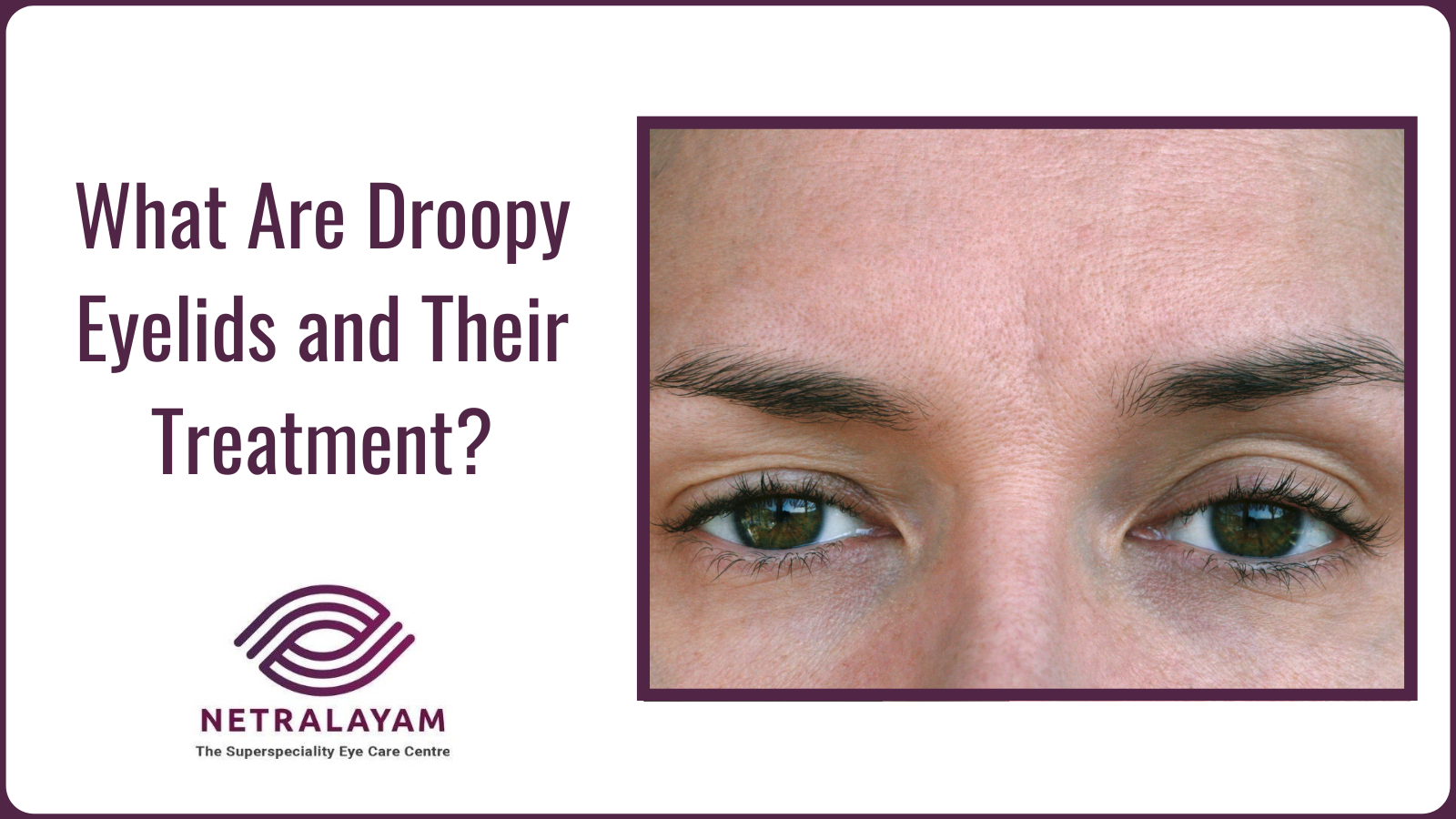Committed to Eye Care with Compassion, Technology and Competency
Committed to Eye Care with Compassion, Technology and Competency

7/11/2022
Droopy eyelids or Ptosis is a medical condition that makes the upper eyelid droop downwards. Drooping eyelid in one eye is known as unilateral Ptosis, and when it affects both eyes, it is called bilateral Ptosis. A person is said to have congenital Ptosis when they are born with it. If a person acquires it later in life, it is called acquired Ptosis. Old age, trauma, or any medical condition can be responsible for droopy eyelids. The condition can affect your vision if left untreated. That’s why drooping eyelid treatment is crucial. Read on to find out more about droopy eyelids.
From natural causes to severe medical conditions, many possible causes can lead to droopy eyelids.
The most apparent symptom of Ptosis or eyelid drooping is downward drooping itself. One can easily notice a prolapsed eyelid which makes the diagnosis easier. Following are the other symptoms of Ptosis or droopy eyelid:
At first, your doctor would perform a physical exam and enquire about your medical history to diagnose the droopy eyelids. The course of drooping eyelid treatment depends upon the underlying cause.
If the age factor causes the drooping eye, the doctor might leave it untreated as it poses no health risk. When an underlying medical condition causes Ptosis, the treatment focus shifts to treating the root cause. In cases where the drooping leads to impaired vision, the following two treatment options can be used:
Using a surgical method, the doctor would tighten the weakened levator muscle and lift the eyelid to the desired level. This treatment procedure has certain risks, such as dry eye, scratched cornea, and hematoma.
This non-surgical treatment option can relieve the condition effectively. An additional attachment (crutch) is provided with your glass frame. The crutch would hold the droopy eyelid in place. Ptosis crutches can be installed on every type of frame.
Eye drooping can be managed with timely treatment. Although it doesn’t pose any health threat, it can cause discomfort and affect your physical appearance. People with droopy eyelids should avoid driving and other activities until the condition is treated. Drooping eyelid treatment is important to avoid long-term effects and prevent further damage.
Is your eyelid drooping, or do you face any other associated symptoms? If yes, then contact our eye specialists here at Netralayam. We are one of the best eye care hospitals in Kolkata.
Comments are closed
